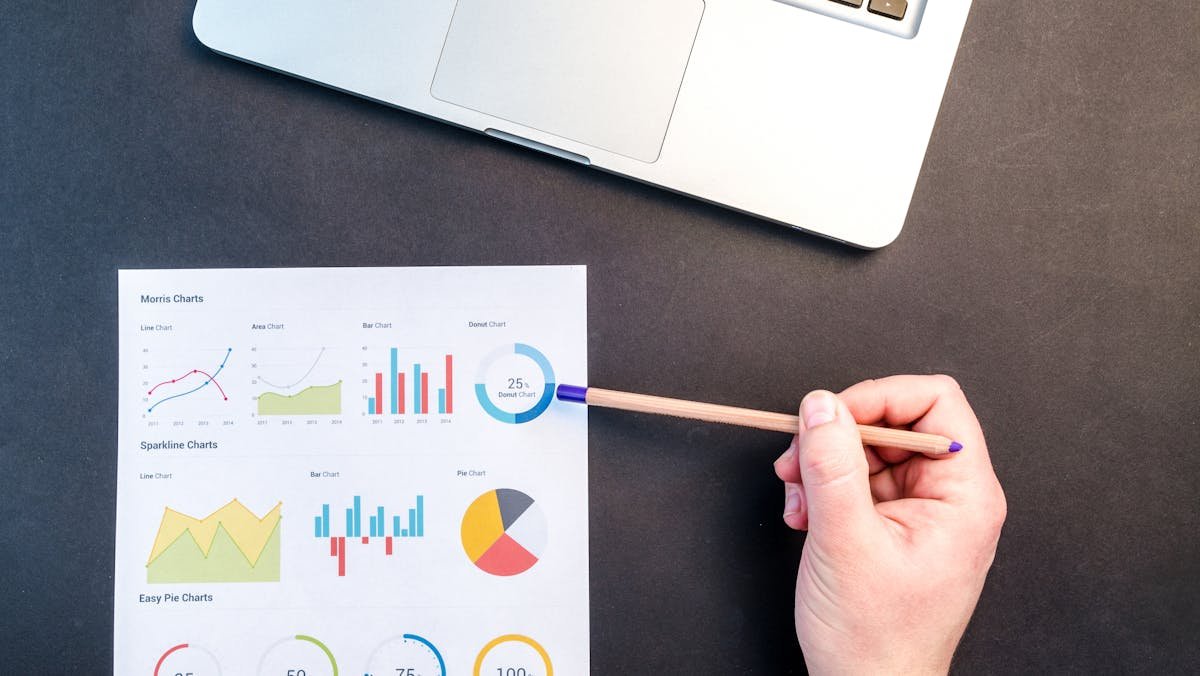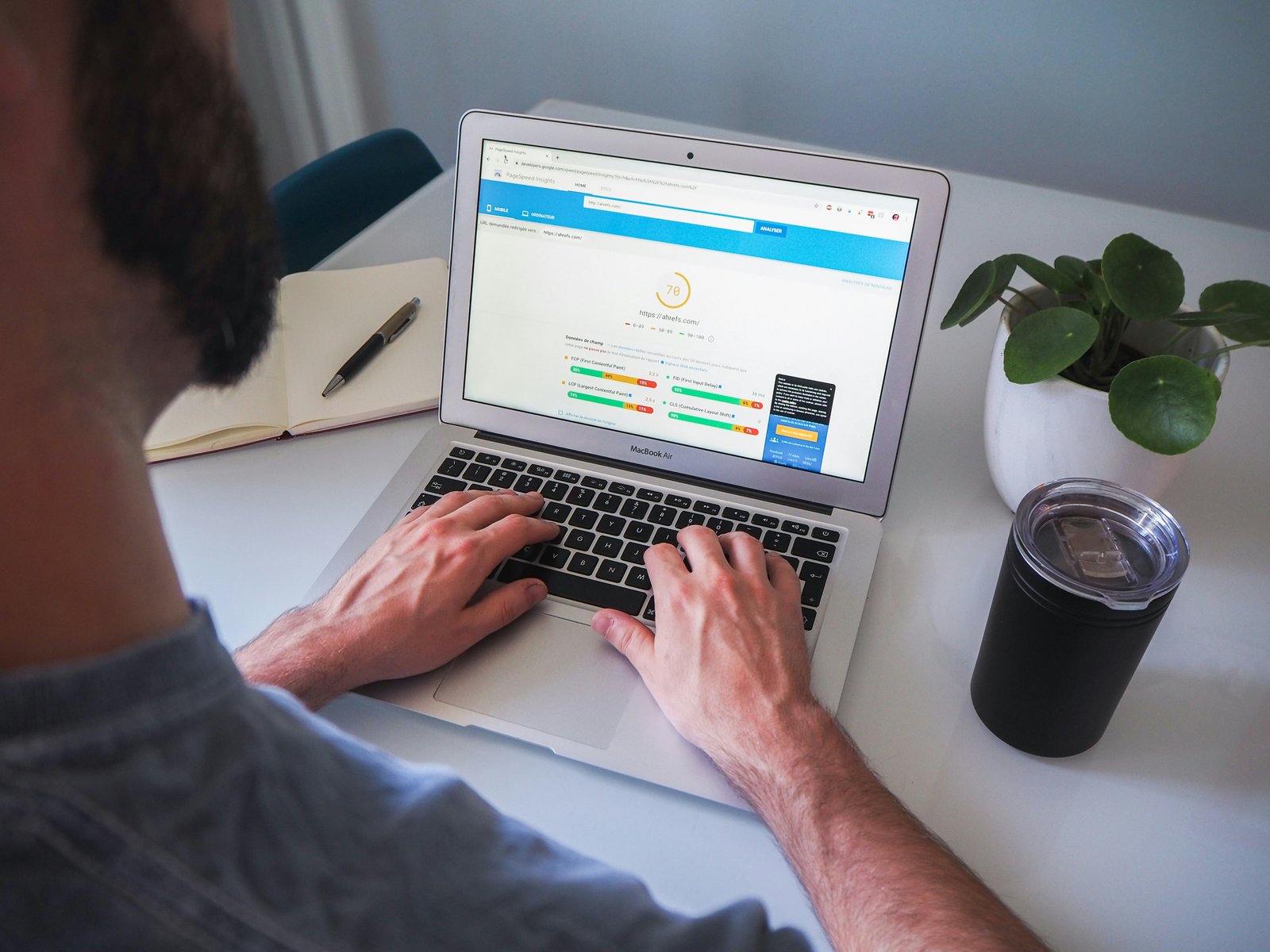
Top 15 Website Security Best Practices to Protect Your Site from Hacking and Malware
Top 15 Website Security Best Practices to Protect Your Site from Hacking and Malware
 Top 15 Website Security Best Practices to Protect Your Site from Hacking and Malware
Top 15 Website Security Best Practices to Protect Your Site from Hacking and Malware
In today's digital landscape, website security is paramount. Cyberattacks are becoming increasingly sophisticated, targeting businesses of all sizes. A compromised website can lead to data breaches, financial losses, reputational damage, and even legal repercussions. This comprehensive guide outlines 15 essential website security best practices to help you fortify your online presence and protect your valuable assets.
1. Choose a Secure Hosting Provider
Your hosting provider plays a crucial role in your website's security. Opt for a provider that offers robust security features like:
- Firewall protection
- Malware scanning and removal
- Intrusion detection systems
- Regular backups
- Server hardening
2. Keep Your Software Up-to-Date
Outdated software is a breeding ground for vulnerabilities. Ensure all software related to your website is updated regularly, including:
- Content Management System (CMS) (e.g., WordPress, Joomla, Drupal)
- Plugins and themes
- Server operating system
- Database software
3. Use Strong Passwords and Implement Two-Factor Authentication (2FA)
Weak passwords are easily cracked. Enforce strong password policies that require:
- A minimum length of 12 characters
- A combination of uppercase and lowercase letters, numbers, and symbols
- Regular password changes
Implement 2FA for an extra layer of security. This requires users to provide a second form of verification, such as a code from a mobile app, in addition to their password.
4. Install an SSL Certificate
An SSL certificate encrypts the data transmitted between your website and visitors' browsers, protecting sensitive information like login credentials and payment details. Look for the padlock icon in the address bar to verify SSL installation.
5. Implement a Web Application Firewall (WAF)
A WAF acts as a shield between your website and malicious traffic, filtering out harmful requests and preventing attacks like SQL injection and cross-site scripting (XSS).
6. Regularly Scan for Vulnerabilities
Use vulnerability scanning tools to identify potential weaknesses in your website's code and configuration. Address any vulnerabilities promptly to prevent exploitation.
Toolizo.online offers a range of helpful web tools, including [link to relevant tool if available on your site].
7. Secure Your Database
Your database stores critical information. Implement these measures to protect it:
- Use strong database passwords.
- Limit database access to authorized users only.
- Regularly back up your database.
8. Protect Against Cross-Site Scripting (XSS)
XSS attacks inject malicious scripts into your website, potentially stealing user data. Prevent XSS by validating user inputs and sanitizing data before displaying it on your website.
9. Prevent SQL Injection Attacks
SQL injection attacks manipulate database queries to gain unauthorized access. Use parameterized queries or prepared statements to prevent these attacks.
10. Implement Input Validation
Validate all user inputs to ensure they conform to expected formats and prevent malicious code injection.
11. Regularly Back Up Your Website
Regular backups are crucial for disaster recovery. Back up your website files and database frequently and store backups in a secure, offsite location.
12. Monitor Website Activity
Monitor website traffic and logs for suspicious activity. Use website analytics tools and security monitoring services to detect and respond to potential threats.
13. Implement Content Security Policy (CSP)
CSP helps mitigate XSS and other code injection attacks by specifying which resources a browser is allowed to load, reducing the risk of malicious script execution.
14. Educate Your Team
Human error is a significant security risk. Train your team on security best practices, including password management, phishing awareness, and safe browsing habits.
15. Stay Informed About Security Threats
The cybersecurity landscape is constantly evolving. Stay updated on the latest threats and vulnerabilities by following security blogs, subscribing to newsletters, and attending industry events.
Conclusion
Implementing these 15 website security best practices will significantly strengthen your defenses against hacking attempts and malware infections. By prioritizing website security, you protect your data, your reputation, and your customers' trust. Remember that security is an ongoing process, requiring continuous vigilance and adaptation to emerging threats. Toolizo.online is committed to providing you with the resources and tools you need to stay ahead in the fight against cybercrime. Explore our website for more helpful tools and information.


.jpg)




